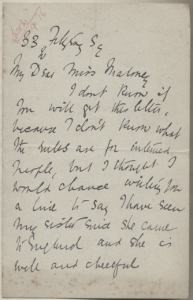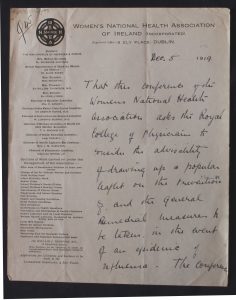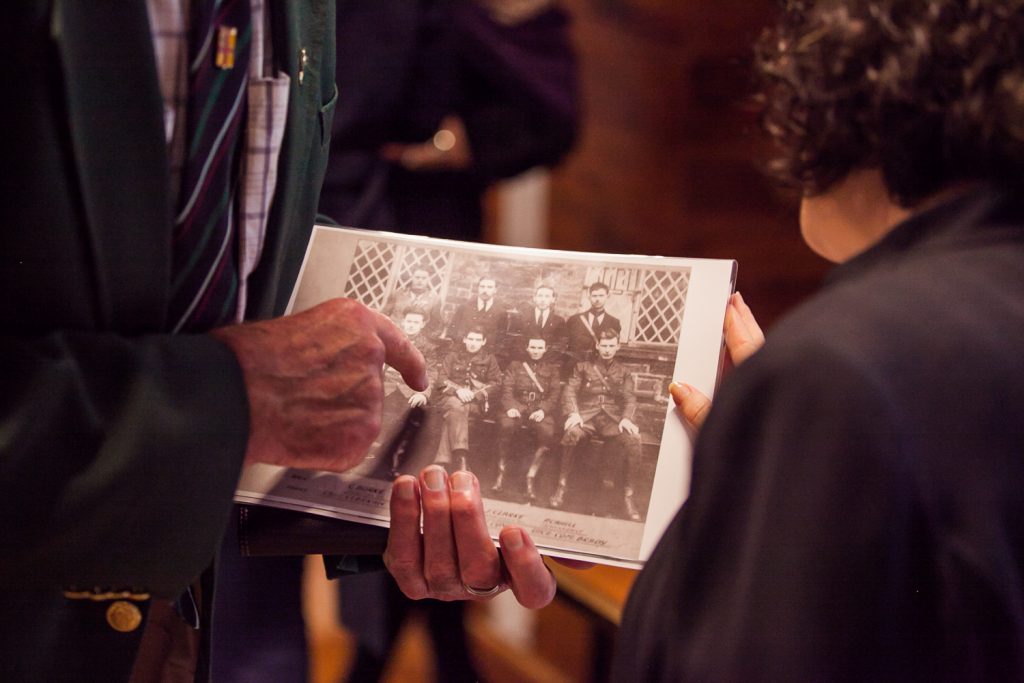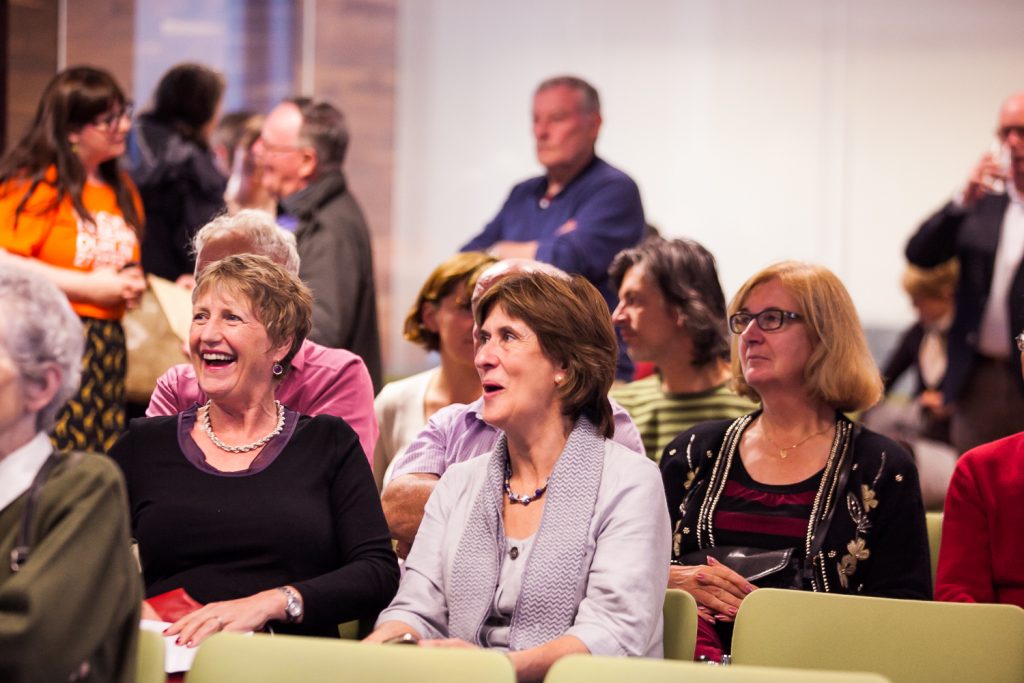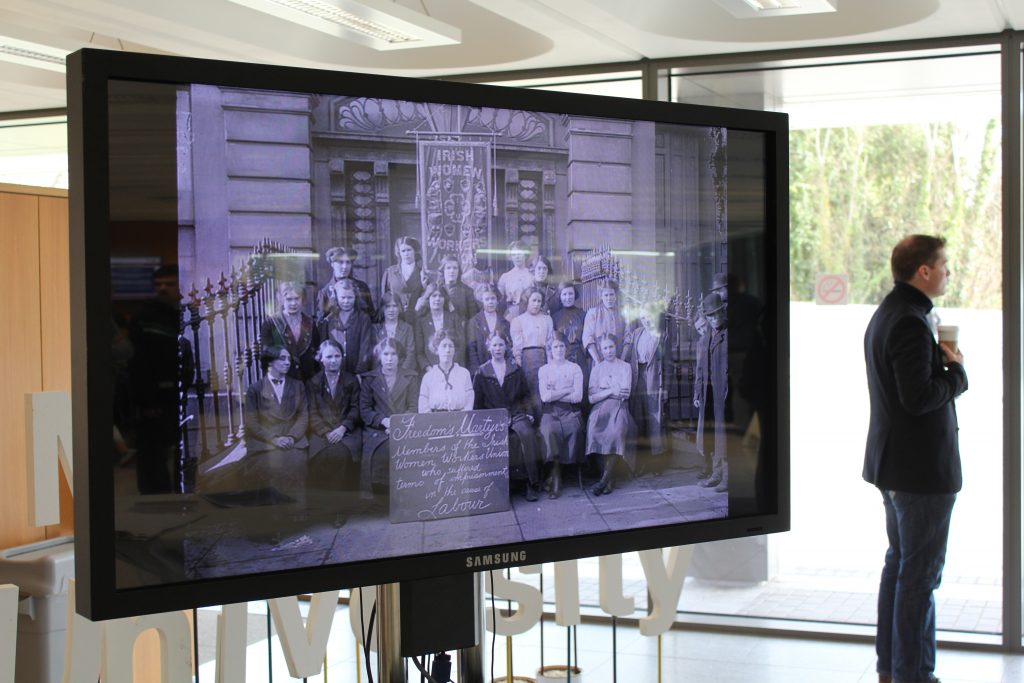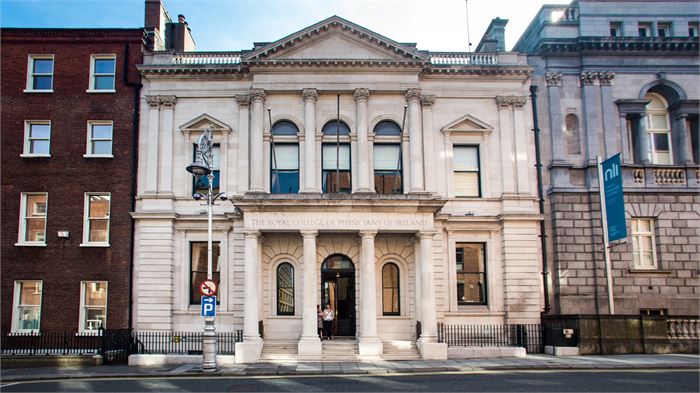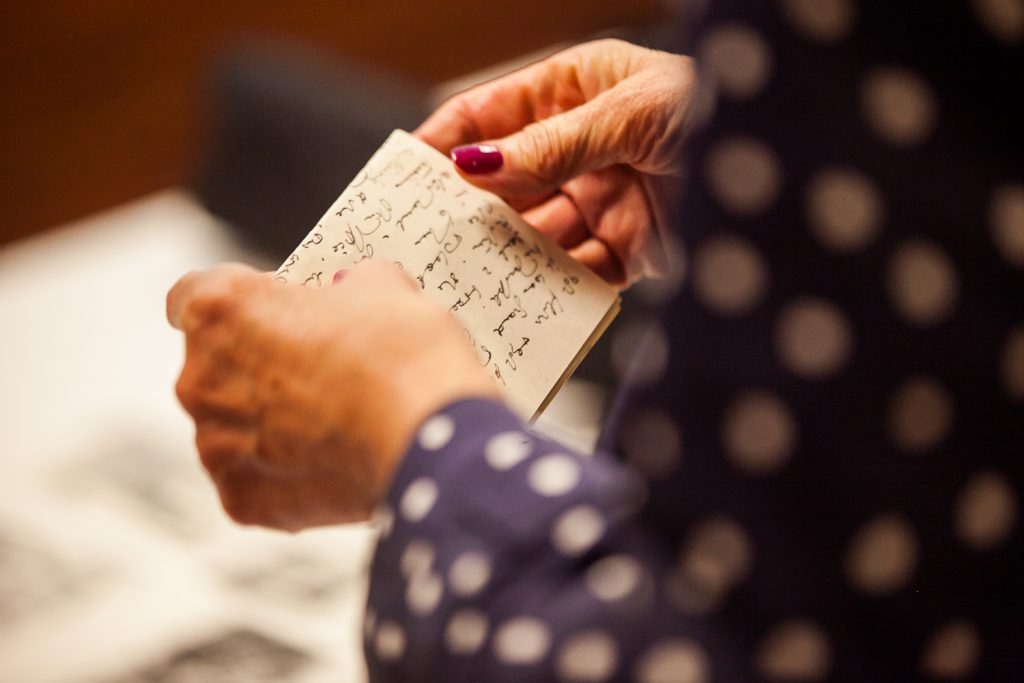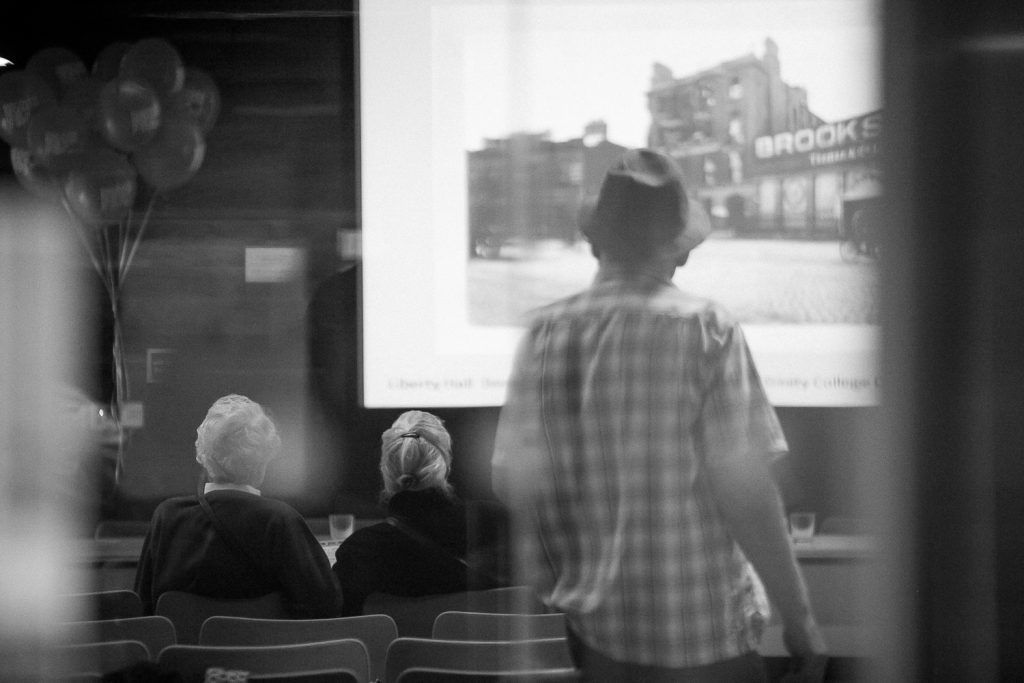St. Valentine’s Day is widely celebrated on 14 February each year with e-cards and gifts of roses and chocolates, often ordered on the internet. Within this context, love letters, sent by ordinary post, might seem old-fashioned and nostalgic. In 1916, however, love letters were sometimes one of the only ways of expressing feelings to loved ones, especially those at a distance.
The Letters of 1916-1923 project contains the written words and the forgotten words of ordinary people during during this extraordinary time in Irish history. Love letters are part of this picture too. For the day that’s in it, we have chosen some LOVE(ly) highlights from the collection.
Postcard from Thomas Murphy to his sister Anna Murphy
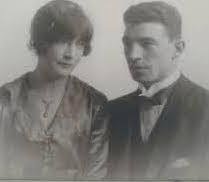
Michael Gorman and Susan Fitzgerald came from very different backgrounds. He spent his early years with ten siblings, in a large thatched cottage on the family farm of Ballinalug on the northern slopes of the Slieve Bloom Mountains near Clara Hill. She grew up on the other side of the mountains, in a large house called Raheenahone, near Stradbally.
What made their relationship so special was the fact that she was Church of Ireland Protestant and he was Catholic. As a consequence, neither family wanted the other, and Michael and Sue had to spend half a decade meeting in secret and exchanging letters in what was a love affair that would last all their lives.
Click here to read more of Michael’s and Susan’s story
Letter from May Fay to James Finn,14 February 1916

This letter comes from a series written between James Finn and his fiancée Mary (May) Fay. They became engaged in January 1916 and married in June. He lived in Dublin, she in Westmeath. At 39 years of age, he was 20 years her senior. He had become acquainted with her during his regular visits to his relative Mrs Mary Seery, her neighbour. Throughout the correspondence, their relationship develops from their first somewhat tentative letters.
Tessa Finn is one of the individual (as opposed to institutional) contributors to the Letters of 1916. She shared this collection of letters between her grandparents, which she describes as “a document of their love and their time.”
As Tessa writes: “These letters between James Finn and May Fay, most of them written in 1916, are part of my family’s inheritance, lovingly treasured by my grandmother, May. She had every reason to cling on to these reminders of the love of her life, my grandfather James Finn. They were married not quite six years when he died leaving her, twenty-five years old and seven months pregnant with their fourth child. They are a document of their love and their time.”
– Tessa Finn, Letters – May & James: A Private love in a Revolutionary Year – 1916
Click here to read, or get involved and transcribe more Love Letters.

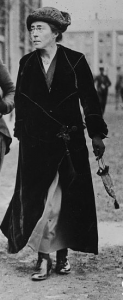 The largest selection of Letters 1916-1923 relating to women’s suffrage is from the
The largest selection of Letters 1916-1923 relating to women’s suffrage is from the 